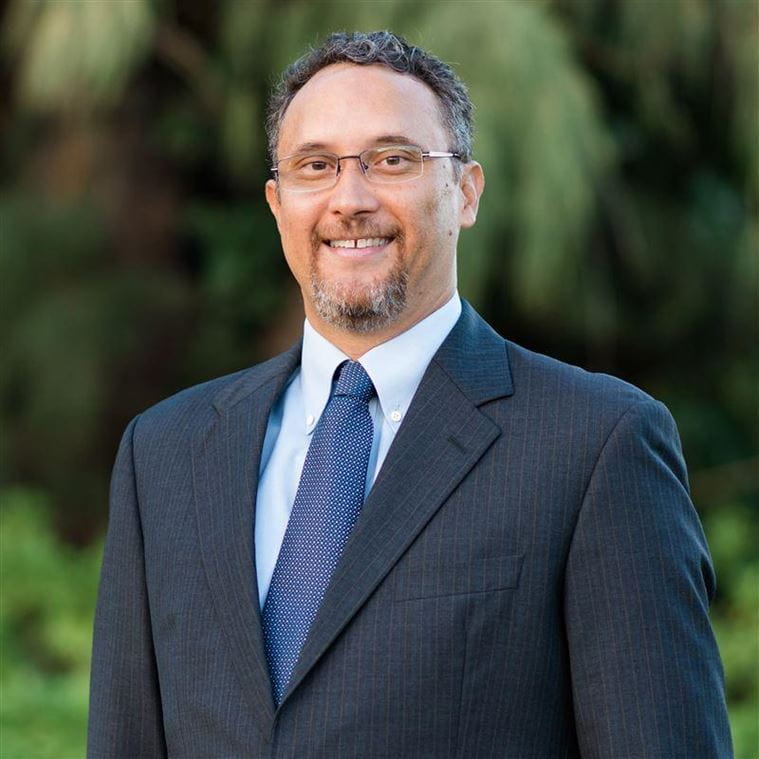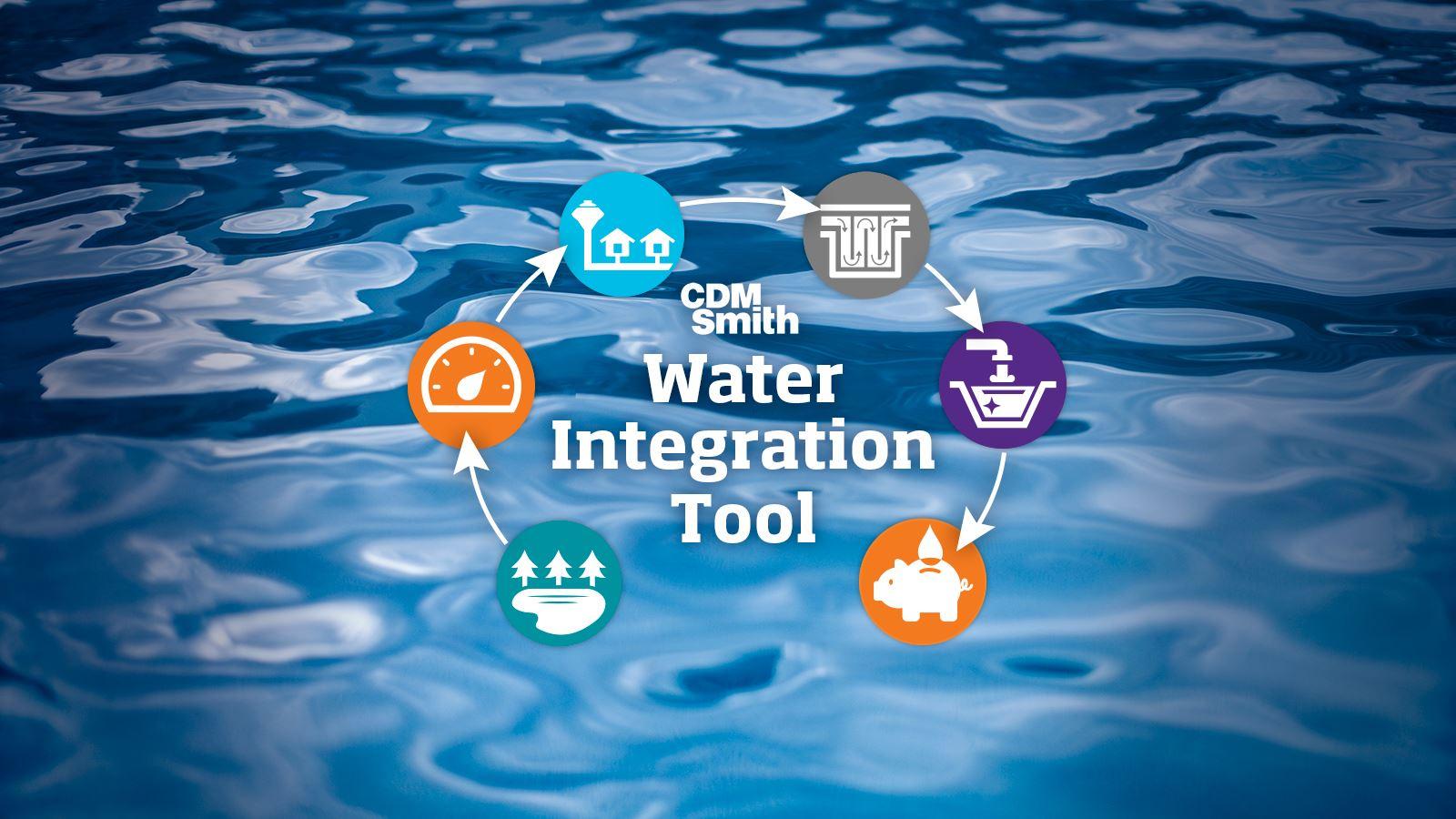Creating Supply Resiliency with the Water Integration Tool
Traditionally, water, wastewater and stormwater have been managed individually. While this paradigm has mostly served municipalities well in the past, a number of drivers (like rising cost of infrastructure and operations, limited fresh water supplies, flooding and droughts, and increasing environmental regulations) are making this siloed approach less sustainable.
In contrast, the One Water approach is an emerging framework for the integrated management of water resources to meet multiple goals: improved utility system reliability, optimized operations for cost savings, climate resiliency, and enhanced environmental protection and sustainability. One Water seeks to optimize existing fresh water supplies, reuse highly treated wastewater and capture stormwater. The One Water framework is also well-suited for encouraging partnerships between regional and municipal agencies, and engagement of public stakeholders.
“Implementation of One Water requires a systems thinking approach that can illustrate the linkages and interactions between all of a region’s water resources, critical infrastructure and operational constraints under a variety of future scenarios,” explains Dan Rodrigo, CDM Smith’s One Water Practice Leader.
To facilitate this, CDM Smith has developed a comprehensive, state-of-the-art tool called Water Integration Tool (WIT) that can rapidly simulate water demands, water supplies, hydrology, conveyance, water and wastewater treatment, and impacts of stormwater and wastewater discharges to the environment. “WIT is allowing our water resources planners to identify multi-beneficial solutions and provide for overall cost-effectiveness for our clients,” says Rodrigo.
It’s often difficult for people to trust models because they can be complicated. WIT allows us to build intuitive scenarios centered around risk and key planning objectives, and then empowers stakeholders to test them on their own computers or tablets.
What is WIT? How does it work?
WIT allows users select and run planning scenarios that combine uncertainties such as growth, changing climate, regulatory constraints, and technology improvements in treatment to determine a range of future system improvements and needs. Users can select different alternatives and evaluate them under multiple metrics like system reliability, storage conditions, cost, energy requirements and greenhouse gas emissions, and receiving water quality.
WIT’s object-oriented programming and pre-programed modules allow users to build an entire integrated system at a community or regional watershed scale. The interactions between these components are programmed using formulas or empirical relationships. Once the model is programmed, intuitive navigation menus and interfaces allow users to clearly see benefits, trade-offs and timing of new alternatives.
In addition to its integrated resource simulation capabilities, WIT can help clients:
- Analyze new water storage operations and improvements
- Develop drought contingency strategies
- Evaluate alternative water supplies such as potable reuse, desalination and aquifer storage and recovery
- Measure sustainability objectives
What sets WIT apart?
WIT is not a replacement for more detailed, single-purpose hydrologic and hydraulic models that are used in our water industry. Rather, it should be looked at as a tool that can integrate insights acquired from these detailed models with potential changes in system infrastructure and management to aid in decision-making and garner stakeholder support.
“Our number one goal with WIT is transparency. It’s often difficult for people to trust models because they can be complicated to use and the underlying relationships and dependencies are hidden from view. WIT allows us to build intuitive scenarios centered around risk and key planning objectives, and then empowers stakeholders to test them on their own computers or tablets,” says , Bill Fernandez, CDM Smith’s Water Resources Modeling and Decision Support Discipline Leader.
With that goal in mind, Fernandez says one of the most impressive features of WIT is its ability to run multiple scenarios in real time and in mere seconds—a feat that competing planning models cannot accomplish. By giving clients real-time access to explore “what-if” scenarios and observe the changes in outcome, it allows them to better understand their future water resources needs and develop a strategy for key areas of investments.

Our number one goal with WIT is transparency. WIT empowers stakeholders and staff to test alternatives on their own devices.

WIT allows our planners to identify multi-beneficial solutions that deliver system reliability, increase sustainability, improve health and provide cost-effectiveness.









